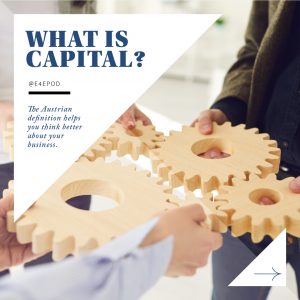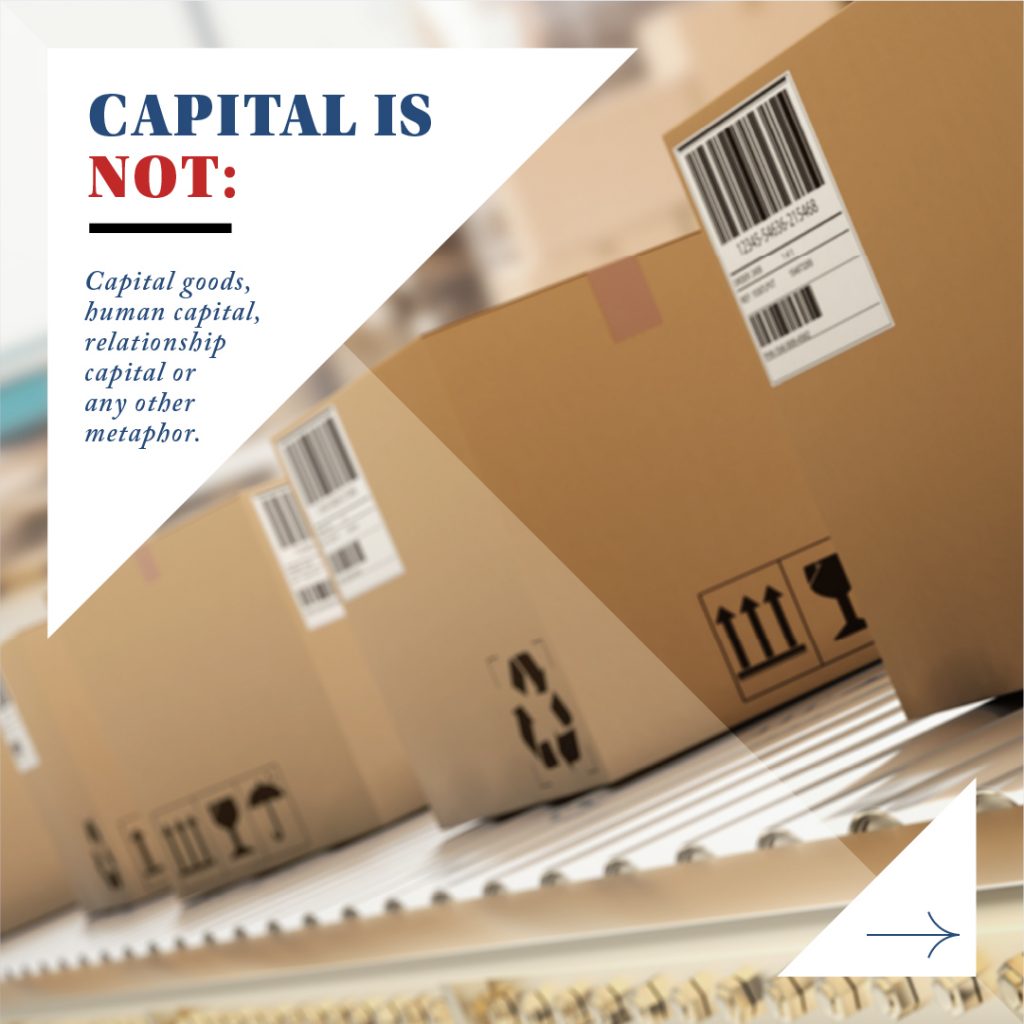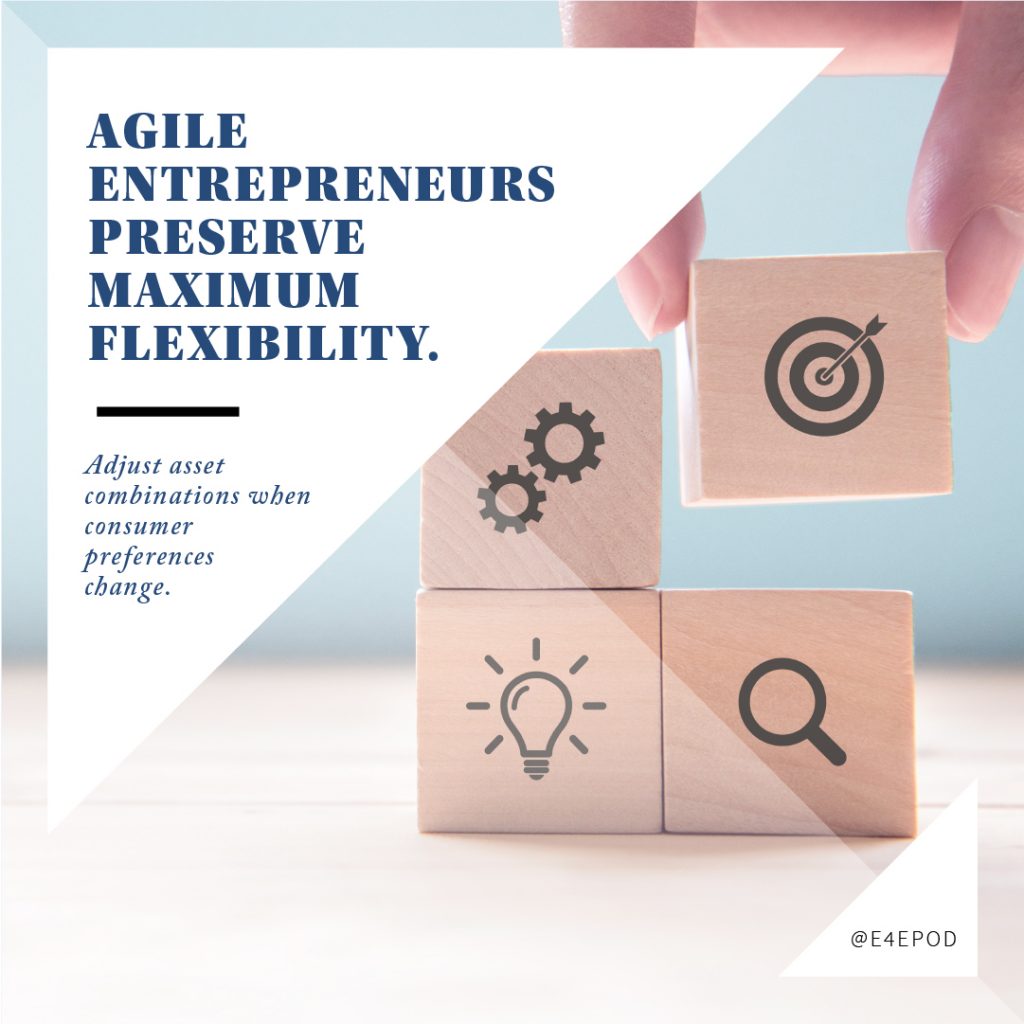148. Diana Jones: The New Management Model — Guarding Group Relationships
Human action lies at the core of the application of Austrian economics to business: how do people act and how can we develop the best understanding of why they act that way. We apply that thinking to customers, and we can also apply it to business organizations. If we are able to answer these questions well, we can develop a profitable business model and an effective management model. Our guest Diana Jones has a distinctive perspective about the management model that’s based on understanding people’s personal and private experiences rather than their place in the hierarchy or their formal role in the process.
Key Takeaways and Actionable Insights
Relationships are fundamental to all systems thinking, and to all business management. Sociometry is a tool to measure relationships.
Sociometry measures relationships between people and within groups. The unit of measure is distance. People can feel close to each other and other group members, and this closeness results in certain types of behavior. People can feel distant from each other, resulting in a different kind of behavior. They can also feel close or distant to concepts, like the company mission or the annual plan, and to institutions, like the Board of Directors or the HR department or a firm’s way of pursuing innovation. They can feel close or distant to colleagues in a meeting, or to the meeting purpose and agenda. Measuring and understanding relationship distance contribute directly to performance management.
Sociometry reveals the disproportionate importance of informal structures over formal structures.
It’s easy to think of the formal organization chart as the model for managing a firm. Planning descends from higher levels to lower levels, along with instructions on how to implement and what to do. It’s not how companies function in reality.
What makes companies work is relationships. People form bonds with each other, and the bonds they form shape the work that they do and how they do it. The bonds are often forged via sharing of knowledge and experiences that are private and personal rather than business and process knowledge. Productivity comes from people connecting on shared experiences, so that these personal and private relationships become more relevant to business operations than the formal structures, such as hierarchy. When relationships change, behaviors change, and vice versa. When relationships shift, the whole business system shifts.
Formal structures don’t work, at least not in the way top management thinks. And the titles associated with hierarchical position can be alienating and toxic to relationships, symbolizing and reinforcing distance rather than closeness.
Sociometry helps to focus on these informal relationships and especially on the most important ones that make a big difference: for example, to improve customer service.
There’s a role for leadership in this system of informal relationships, but it’s not the one that generally taught or written about.
Leadership can emerge amidst informal relationships, but it doesn’t come from authority. Leadership is not to be confused with position in the hierarchy. Leadership entails the communication of vision and helping people understand it, share it, and do the right things to achieve it.
The informal structure and its relationships make the formal structure work. The formal structure produces cynicism, anxiety, and reactionary behavior. The informal structure can eliminate these negative tendencies, unleashing untapped talent and enabling and refreshing the firm.
Leaders help people as guardians of these informal relationships: monitoring, empathizing, and nurturing.
Many people need help working in groups.
It’s typical practice in business management to assign people to groups: agile teams, project teams, product development teams, functional teams, and so on. It’s seldom questioned whether or not individuals understand how to work in groups. Usually, they don’t. They’re unsure whether to speak up or be compliant, or whether conflict is valued to arrive at consensus or is to be avoided.
This is one more element of Diana Jones’ thinking and method that tells us that the traditional thinking of business organization and management process is mostly wrong. Hierarchy and formal organizational models don’t work, titles and authoritative roles are counter-productive, and reporting relationships are irrelevant when compared to relationship distance / closeness. There’s a lot of the traditional management model blueprint we need to scrap.
The better route to exceptional team participation and team results is via empathy.
In Economics For Business, which is the application of the principles of Austrian economics to business management, we allocate great importance to the use of empathy as a tool, usually in the relationship between a business or brand and its customer. For example, we use empathic diagnosis to understand a customer’s dissatisfactions and unmet wants.
In Diana Jones’s model, empathy is an internal organizational tool. She deploys it in a sophisticated way that identifies four different types of application.
- Cognitive empathy: imagining and understanding how a person feels and what they might be thinking.
- Emotional empathy: accurately reading and sharing the feelings of another person, and reflecting on those feelings in a way that helps everyone involved.
- Compassionate empathy: going beyond understanding to taking action that helps people deal practically with difficult situations about which they’re emotional.
- Group empathy: the capacity to read the emotional tone of a group that’s sharing a challenging experience.
The core competency is the ability to read people and their emotional tone or state. Diana Jones gives the skill a name: interpersonal perception. It’s a skill that can be developed in a learning loop of experience, experimentation, curiosity, and intuition.
Additional Resources
“Trust-Distance Matrix: Assessing the Cost of Distance in Business Relationships” (PDF): Download PDF
Leadership Levers: Releasing The Power Of Relationships For Exceptional Participation, Alignment, and Team Results by Diana Jones: Buy It On Amazon
Visit Diana’s personal website at Diana-Jones.com





